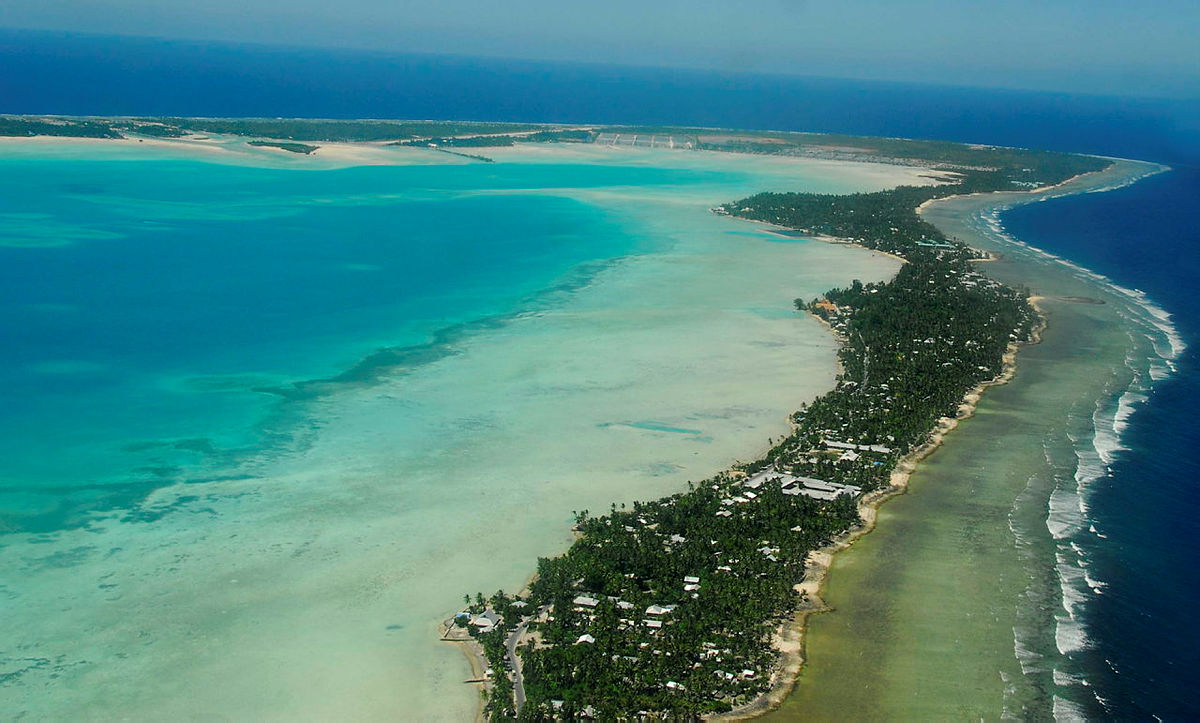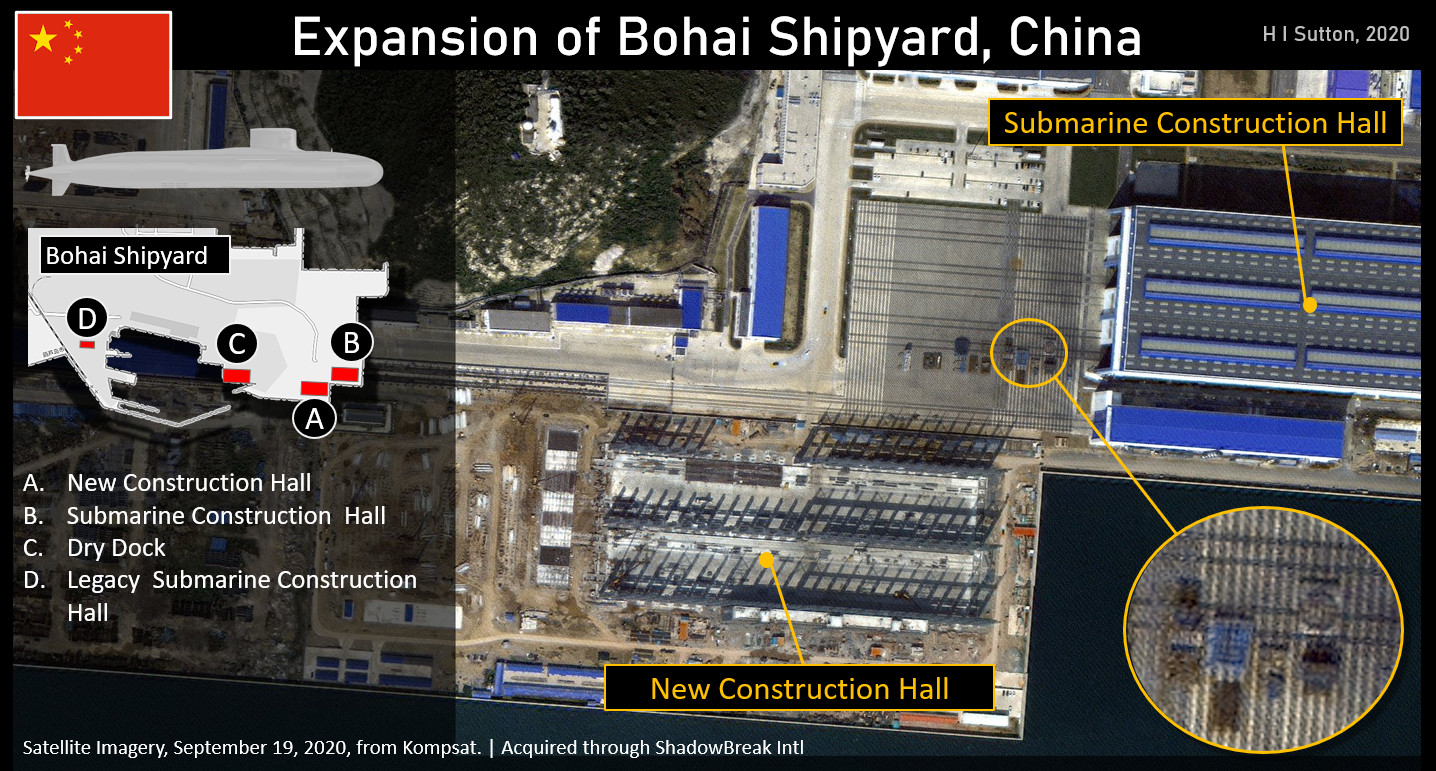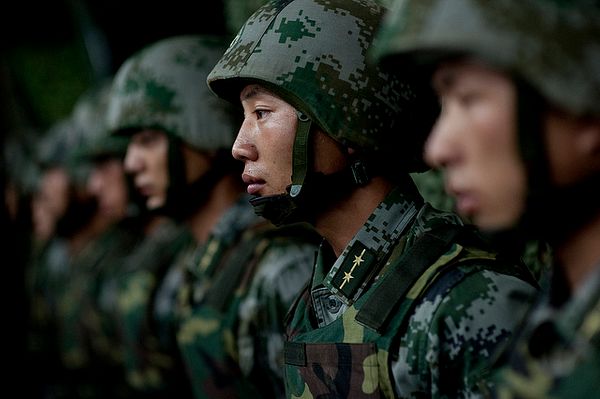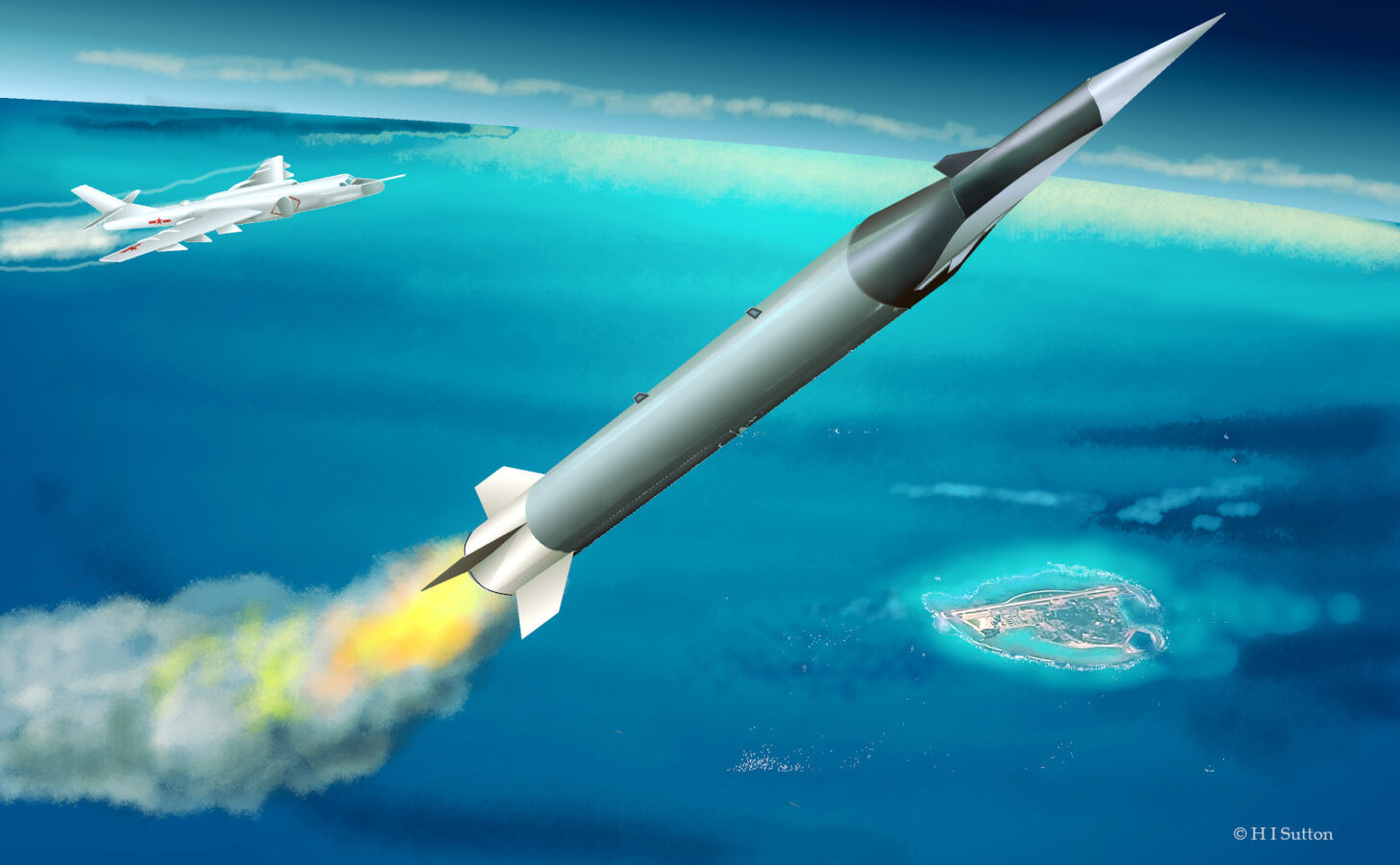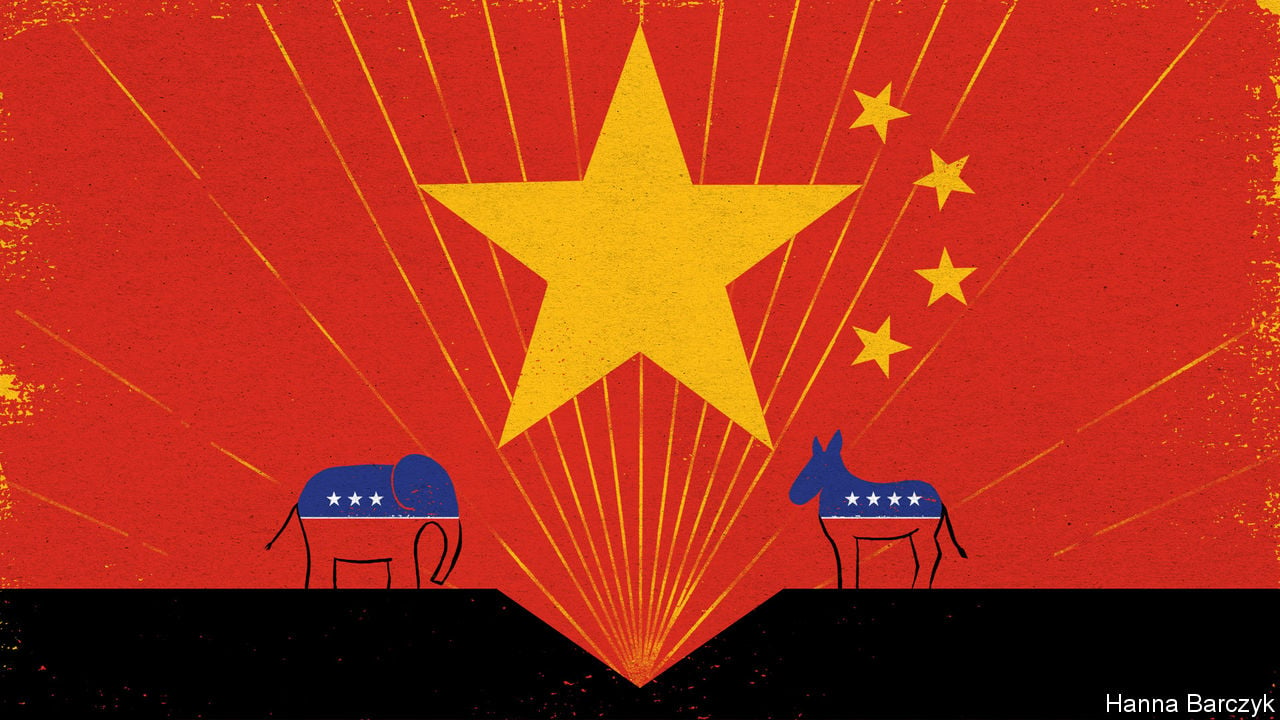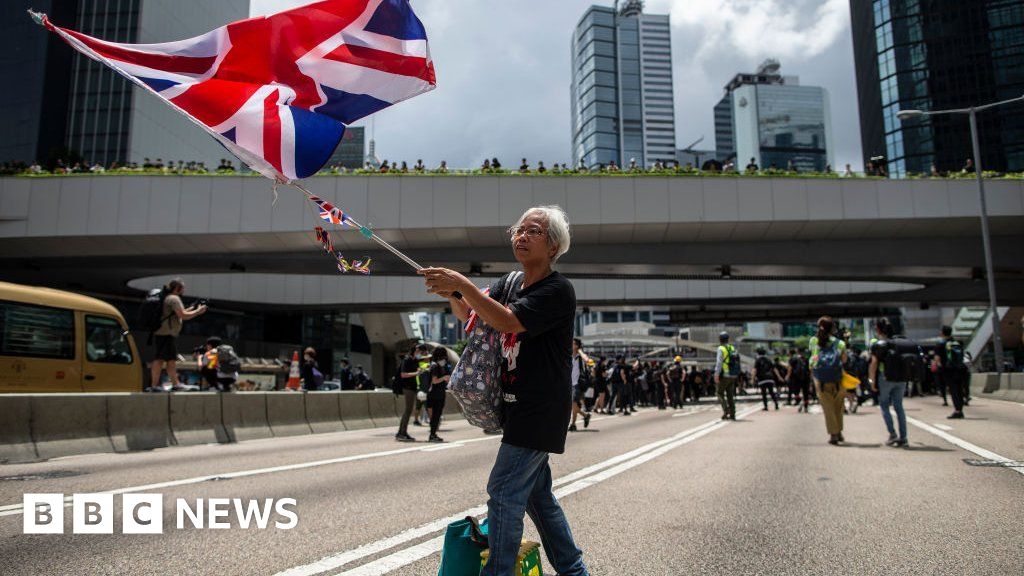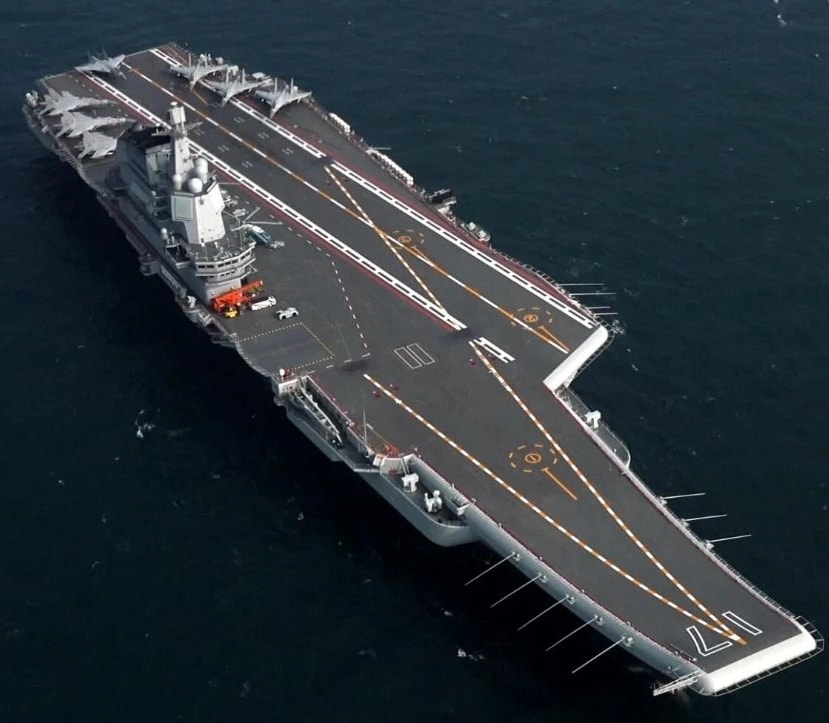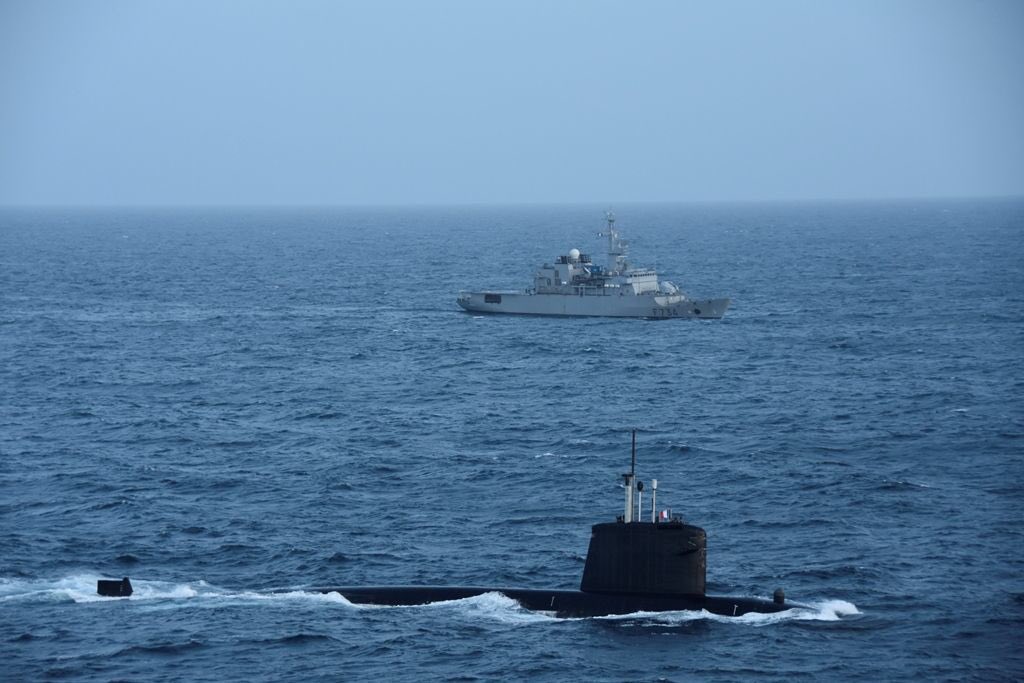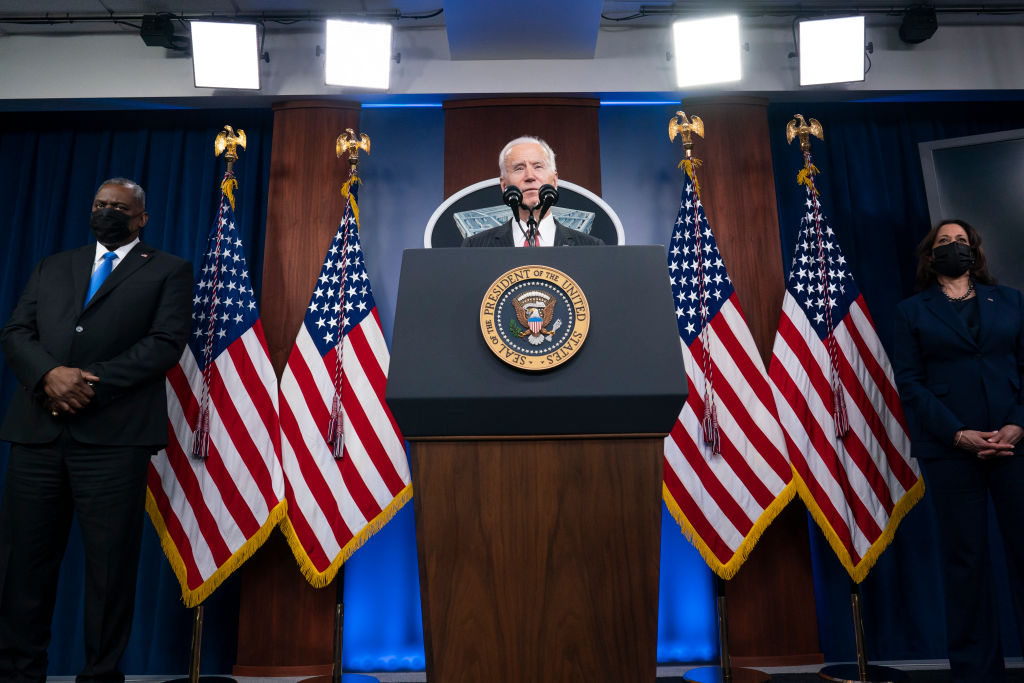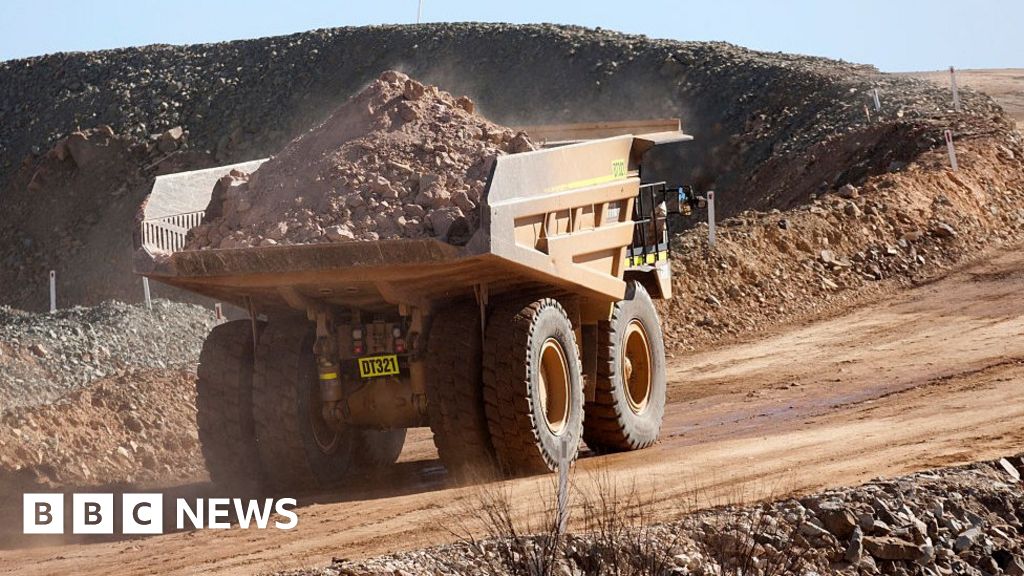Demetri Sevastopulo in Washington,
Kathrin Hille in Taipei and
Robin Harding in Tokyo
YESTERDAY
The US has expressed concern about a new law that authorises the Chinese coastguard to fire on foreign ships operating in disputed waters claimed by Beijing in the South China Sea and East China Sea.
The state department said it was “specifically concerned” that the law ties the use of force to Beijing’s enforcement of its maritime claims, including in the East China Sea where its coastguard conducts frequent patrols around the Senkaku Islands, which are controlled by Tokyo but claimed by China.
“The US joins the Philippines, Vietnam, Indonesia, Japan and other countries in expressing concern with China’s recently enacted coastguard law,” Ned Price, state department spokesperson, said on Friday.“Allowing the coastguard to destroy other countries’ economic structures and to use force in defending China’s maritime claims in disputed areas, strongly implies this law could be used to intimidate the PRC’s maritime neighbours,” Price added.
The criticism underscores how US-China tensions have shown no sign of abating since Joe Biden succeeded Donald Trump as president. The US last month warned Beijing to stop intimidating Taiwan after Chinese warplanes flew into the island’s air defence zone and simulated attacks on a nearby US aircraft carrier.
Biden also recently reassured Tokyo that the US-Japan mutual defence treaty applied to the Senkaku, which China claims and calls the Diaoyu.
Global Times, a Chinese state-run ultranationalist tabloid, said the new law would help China “safeguard sovereignty” related to the Diaoyu.
Toshimitsu Motegi, Japan’s foreign minister, said Tokyo was “seriously concerned” about the law because Chinese coastguard ships make daily incursions into waters around the Senkaku.
Highlighting the danger, Commandant Takahiro Okushima, head of Japan’s coastguard, said he could not rule out of the use of weapons under his policing powers: “With a feeling of tension, we’ll prepare the best we can.
”Greg Poling, a South China Sea expert at the Center for Strategic and International Studies, said the law was not “wildly out of step” with international standards, but said it was worrying because the Chinese coastguard was “already aggressive”.
Allowing the fleet to use force to remove structures on Chinese islands or defend Chinese claims “increases the likelihood of violence in any given stand-offs”, he said, making China’s neighbours very anxious.
Elbridge Colby, a former Pentagon official, said the Chinese coastguard was a “formidable” force that has grown in size in recent years. “I could see this as a way to try to drive a wedge between Washington and Tokyo to see whether the US was willing to pay the piper,” he said.
Hsiao Bi-khim, Taiwan’s representative in Washington, said the law could cause miscalculation and conflict around the Senkaku, which are also claimed by Taipei.
China’s neighbours view the law as another assertive and destabilising move from a country that has continuously increased aggressive enforcement of its expansive maritime claims over the past decade.
“I’m very concerned about this law because it might cause miscalculations and accidents,” Delfin Lorenzana, defence secretary of the Philippines, told CNN.
The law is the final piece of a multiyear reform that combined four different Chinese maritime law enforcement agencies — tasked with issues from fisheries to smuggling — into what is now the Chinese coastguard.
The new rules permit the Chinese coastguard to fire handheld weapons when foreign ships conduct “illegal” operations in Chinese waters and resist law enforcement. Larger weapons, such as shipborne cannons, can be used in counter-terrorist operations, or in any violent incident.
Chinese analysts counter that the law prevents destabilisation because it clearly stipulates certain kinds of behaviour in specific situations.
Zhang Nianhong of the East China University of Political Science and Law argued that previous coastguard practices — such as ramming foreign fishing vessels as a way of enforcing domestic laws — “did not correspond with international practice and were not even in line with domestic laws”.


